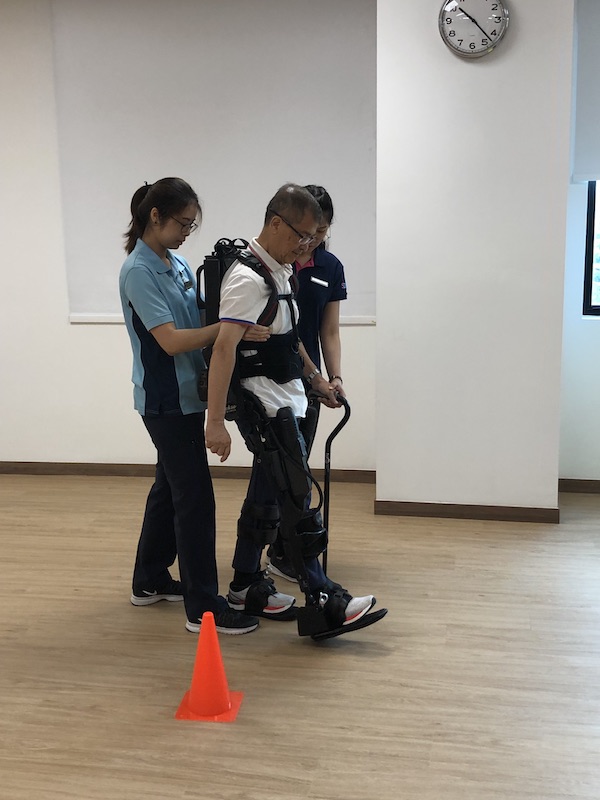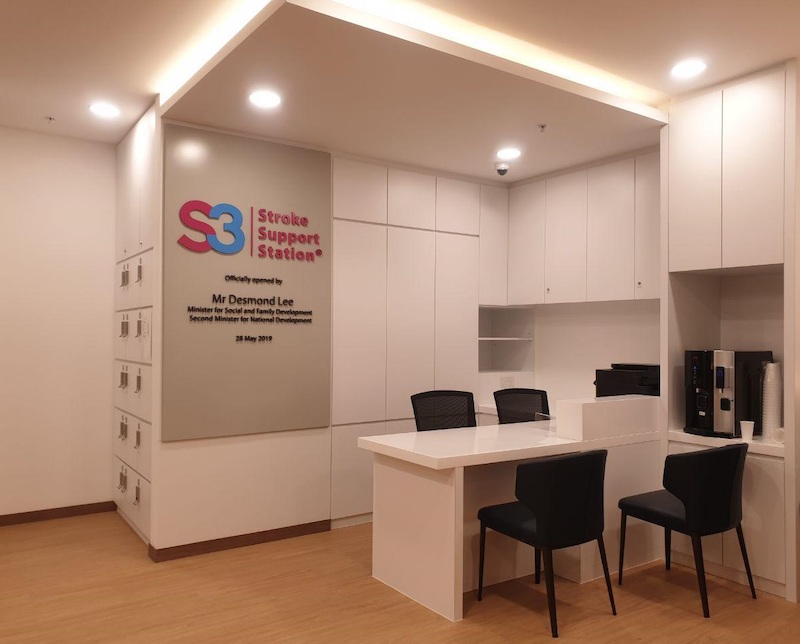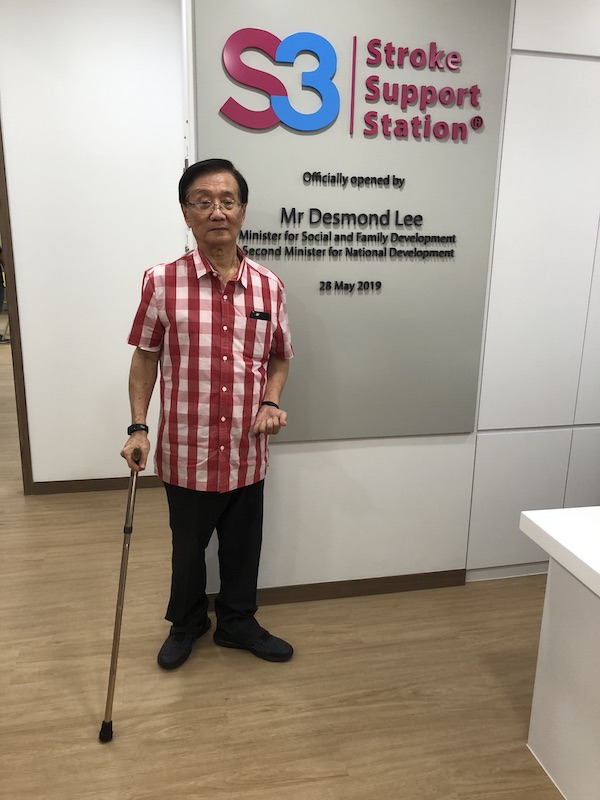Second S3 centre opens at Jurong Point
To help with the increasing cases of stroke and to help provide long-term care for stroke survivors, S3 has opened its second centre.
Stroke Support Station (S3) has officially opened its second Stroke Wellness Centre at Jurong Point to deal with the new cases of stroke and helping survivors receive adequate, long-term care. Stroke is the leading cause of adult disability and the largest cause of long-term physical disability. In Singapore, there are approximately 7,500 new cases of stroke per year and 80 percent of the stroke survivors have some disability.
The new centre which spans 3,294 sq ft is almost twice in size than its current centre at the Enabling Village and has more private consultation rooms as well as a dedicated space for staff to rest and do work. Shared the chairman of S3, Teo Poh-Yim, “S3’s programmes are currently oversubscribed resulting in long queues. In order to meet the increasing demand for S3’s services, a second centre was necessary.” She shared that the Jurong Point branch will focus on residents in the West. Together with the other centre, S3 will provide a total of 45,000 community rehabilitation sessions, impacting the lives of 1,000 stroke survivors per year.
Uphill journey
It is an uphill journey for a stroke survivor to resume their normal life after stroke. For 69-year-old Tommy Liem, he had a stroke in May 2013 and points work stress as the cause. He was running his own company in the building industry and often thought a lot and had disturbed sleep as a result. Also, he was working beyond the 9 to 5 and sometimes even on weekends. When he had a stroke, it affected his left side and just his limbs. He is thankful that it didn’t go beyond that – “I am lucky it didn’t affect my brain motor and it is still good. I can still think and talk well. I am very fortunate.”
While being hospitalised at Tan Tock Seng Hospital (TTSH) for two months, Tommy did acupuncture, and physiotherapy and occupational therapy (OT). However, he shared that all that didn’t help much. After TTSH, he went to community hospital, Ang Mo Kio-Thye Hua Kwan Hospital, for rehabilitation and stayed there for one month. There, he did physiotherapy as well as OT. “I felt good for a short period of time but my arm was still having issues as I couldn’t move it well.” He went on to do TCM in Geylang but the Chinese medicine that was given also did not help much. After which, he visited a total of four acupuncturists, all recommended by friends, but still not much help.
It was late last year, when he learned about S3. Tommy was placed in its Walk-On programme, which he goes twice a week, and occasional OT. In the fitness programme, he does balancing exercises and squatting to strengthen his muscles. “I am determined to play golf again,” he said. Since that time, he shared that his left leg has improved and is more stable and he uses a walking stick. “I still can’t raise my arm but I am working on it.”
He added: “I am very positive of the whole thing. It is a lengthy process. Some people think I will live like this for the rest of my life but I will prove to them that I won’t. What I am going through is what I call the sequel of stroke, not stroke itself. That is why we are called stroke survivors.”
New pilot programmes

A patient demonstrates the use of robotic exoskeleton for the Improving Mobility via Exoskeletons (iMOVE) programme.
Beyond offering programmes targeted at building mental resilience, functional mobility, cognitive, psychosocial aspects, S3 is also looking at new, innovative rehabilitation options through partnerships with local healthcare institutions. These pilot projects include:
- iMOVE programme – In collaboration with Alexandra Hospital, S3 will be introducing the Improving Mobility via Exoskeletons (iMOVE) programme from July 2019 at the Jurong Point S3 as a study to look at the use of robotic exoskeleton for rehabilitation of stroke patients facing mobility difficulties. Using a robot-assisted device, patients will be trained with weight-bearing, stepping and balancing skills in their legs. As part of the study, S3 will recruit patients who require rehabilitation to try to regain some walking ability. Eligible patients will undergo 12 sessions within three months.
- Hand rehabilitation system – S3 will be collaborating with NUS Institute of Systems Science to develop intelligent and automated hand rehabilitation system for stroke recovery. One of the impacts of stroke is the loss of hand functions. The system will allow more effective exercises and monitoring of stroke survivors at S3 centres. It utilises artificial intelligence, gaming elements and latest sensing technologies in improving the overall rehabilitation experience for both survivors and therapists. Currently the system is still in development.
Shared CEO of S3, Dr Wong Chiang Yin, “Stroke survivors are relatively young in Singapore compared to elsewhere, many are in their 60s. The good news is that they survive longer than many stroke survivors in other countries, the median survival period in Singapore being 11 to 13 years, almost twice that of some developed countries. The challenge herein is that the longer survival period also means they require more care and resources.” The new centre will help more stroke survivors and assist them through their recovery journey.



Prevention is far better than treatment & cure with medication, which has adverse effects. The best known & proven method in USA to prevent heart attack & stroke is to take two tablets of silkworm daily or one teaspoonful daily of turmeric powder into a bowl of soup or cereal before drinking. They are natural & their respective ingredients will break up the plaque in the blood artery especially to the heart & to the brain system.